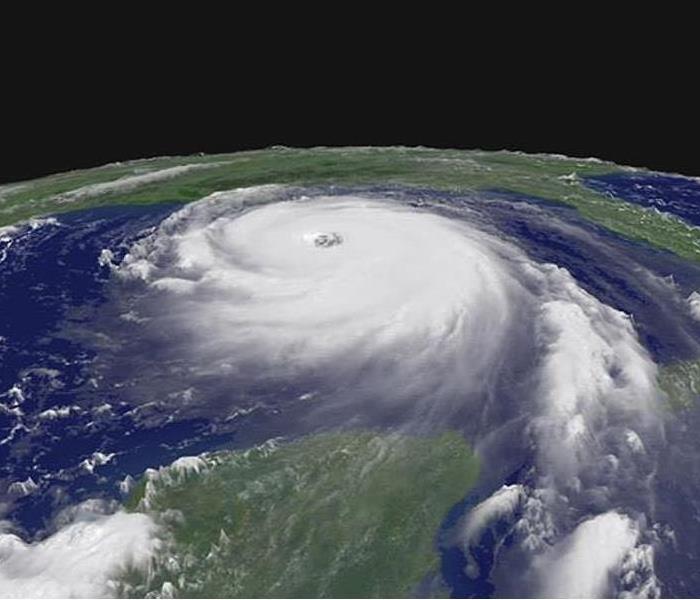How Do They Form
3/1/2022 (Permalink)
Everyone that lives in coastal areas of the United States know the destruction and fury a Hurricanes can possess. They begin fueling this fury by sucking up heat from warm tropical waters often beginning as a tropical wave. A tropical wave is an area of low pressure that moves again through moisture-rich warm waters, usually enhancing shower activity and thunderstorms.
As this wave moves across the tropics, warm air rises into the storm, forming areas of low-pressure underneath. These areas of low-pressure underneath cause even more air to rush in. Once inside the air rises and cools, this cooling causes clouds and thunderstorms to form. In these clouds the water condenses to form droplets which in turn releases more heat to power a building storm.
Categories are given to storm based on a storms wind speed. To get the classification as a hurricane, wind speeds must reach 74 mph, up until this point it is still just considered a tropical storm. 74 mph winds are nothing to laugh at winds this speed can very easily damage a roof and it shingles, vinyl siding, and gutters. Large branches from trees at this wind speed could very easily snap and shallowly rooted trees could topple. As we all know even winds of just 74 mph at a Category 1 can cause extensive damage to power lines and poles resulting in power outages that could last several hours or several days.
The terms cyclone and hurricane refer to the same tropical storms. They are named differently, depending on the region they occur in. In the North Atlantic Ocean and the Northeast Pacific Ocean, these storms are called Hurricanes, whereas they are called tropical cyclones in the South Pacific and the Indian Ocean.
Hurricanes generate a phenomenal amount of energy. The winds can churn out about half as much energy as the electrical generating capacity of the entire world. Cloud and rain formation from the same storm might release a staggering four hundred times that amount of energy. The energy produced is measured by the amount of water produced by the hurricane and its subsequent condensation — the measurement is called the latent heat of condensation.
With the current technology available, we have no way of harnessing the type of heat energy that a hurricane produces. One day this will be possible.

 24/7 Emergency Service
24/7 Emergency Service
